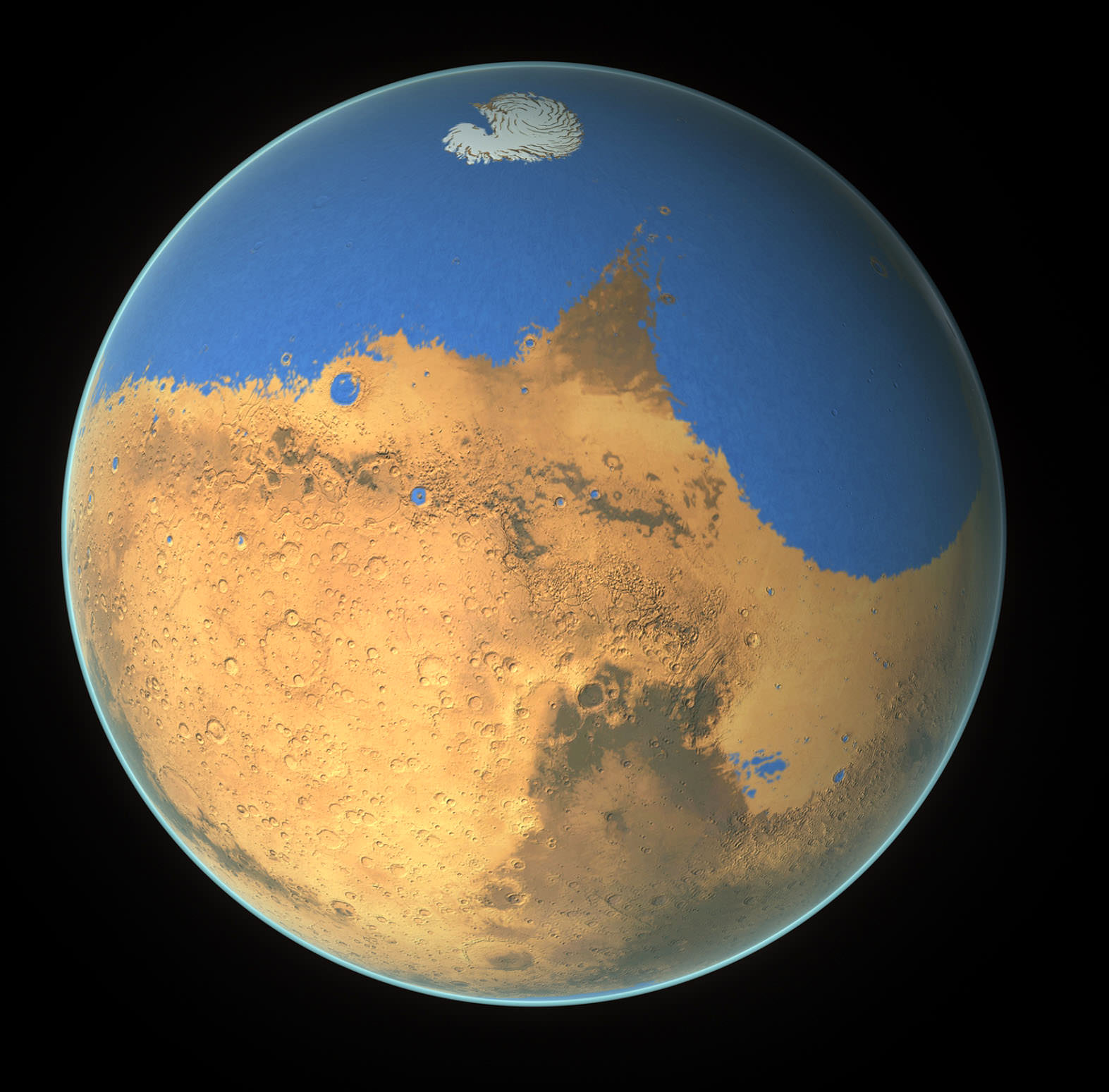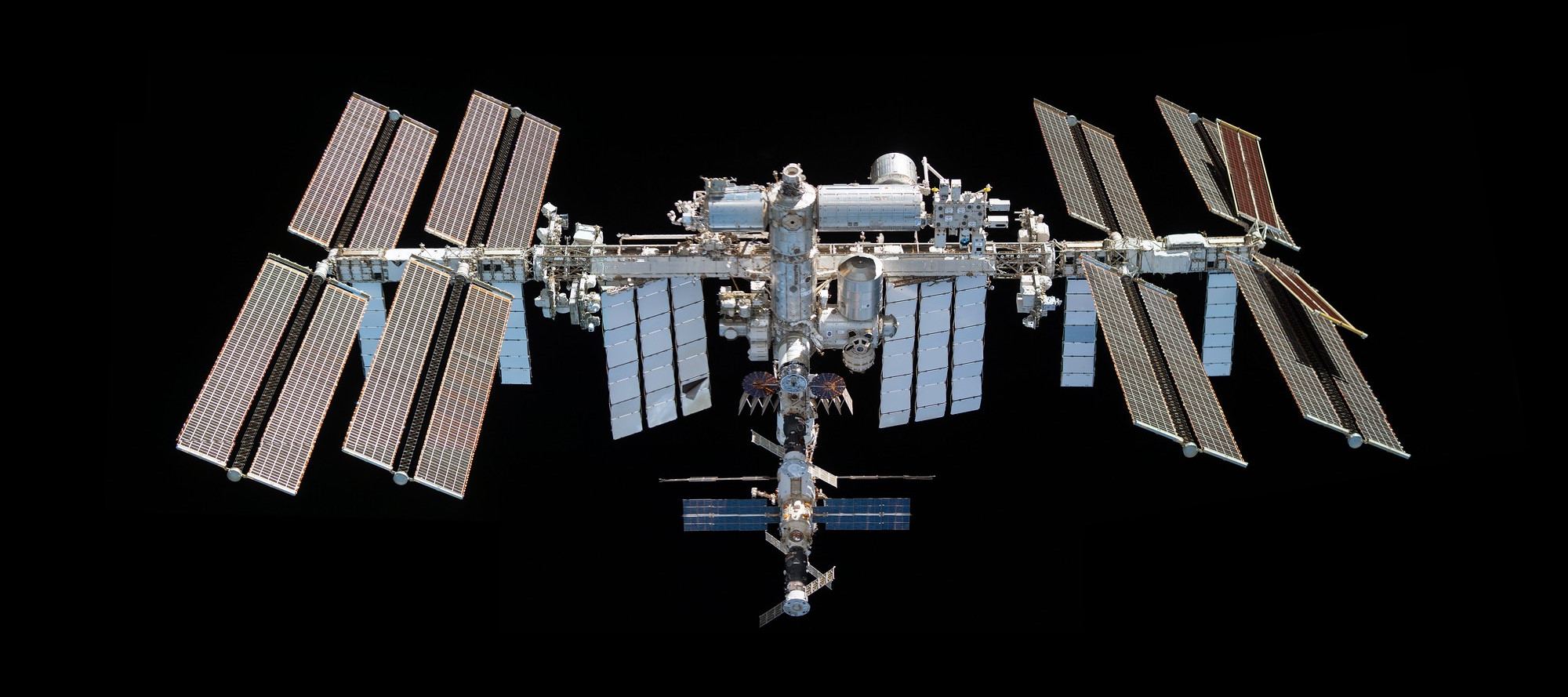The ESA/JAXA BepiColombo spacecraft made another flyby of its eventual target, Mercury. This is one of a series of Mercury flybys, as the spacecraft completes a complex set of maneuvers designed to deliver it to the innermost planet’s orbit. Its cameras captured some fantastic images of Mercury.
Continue reading “BepiColombo’s New Images of Mercury are Cool”BepiColombo’s New Images of Mercury are Cool










